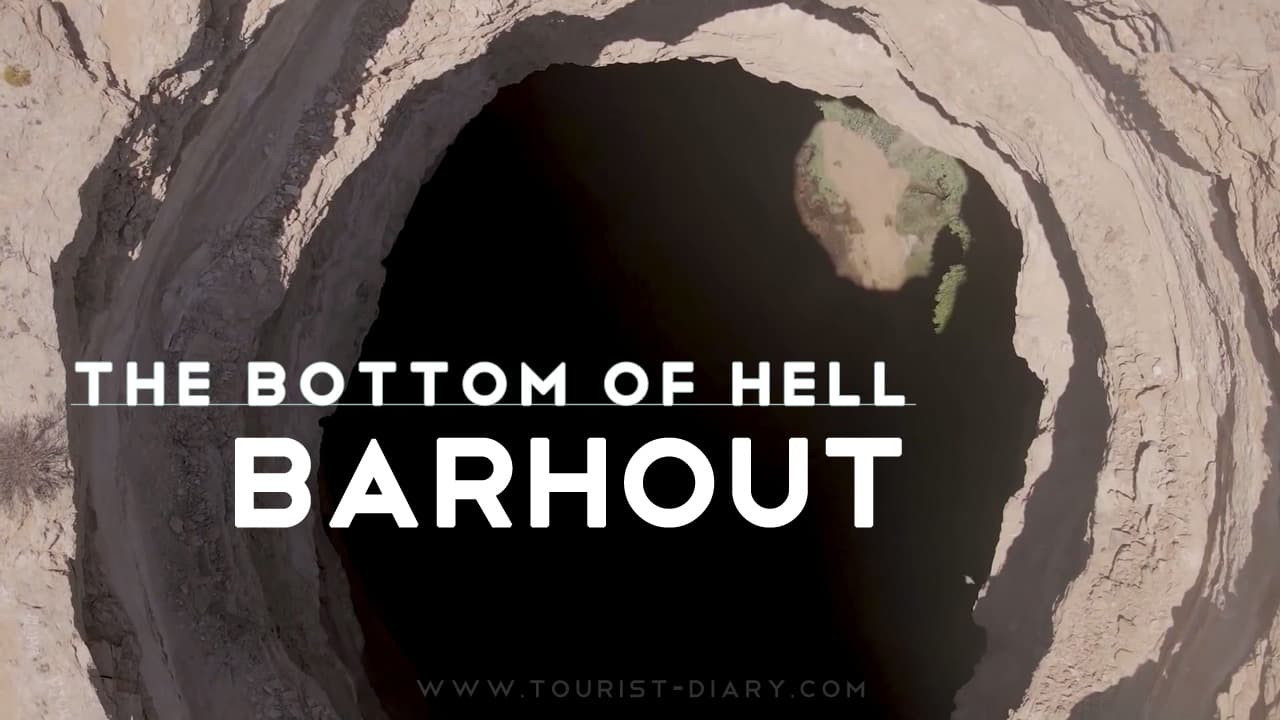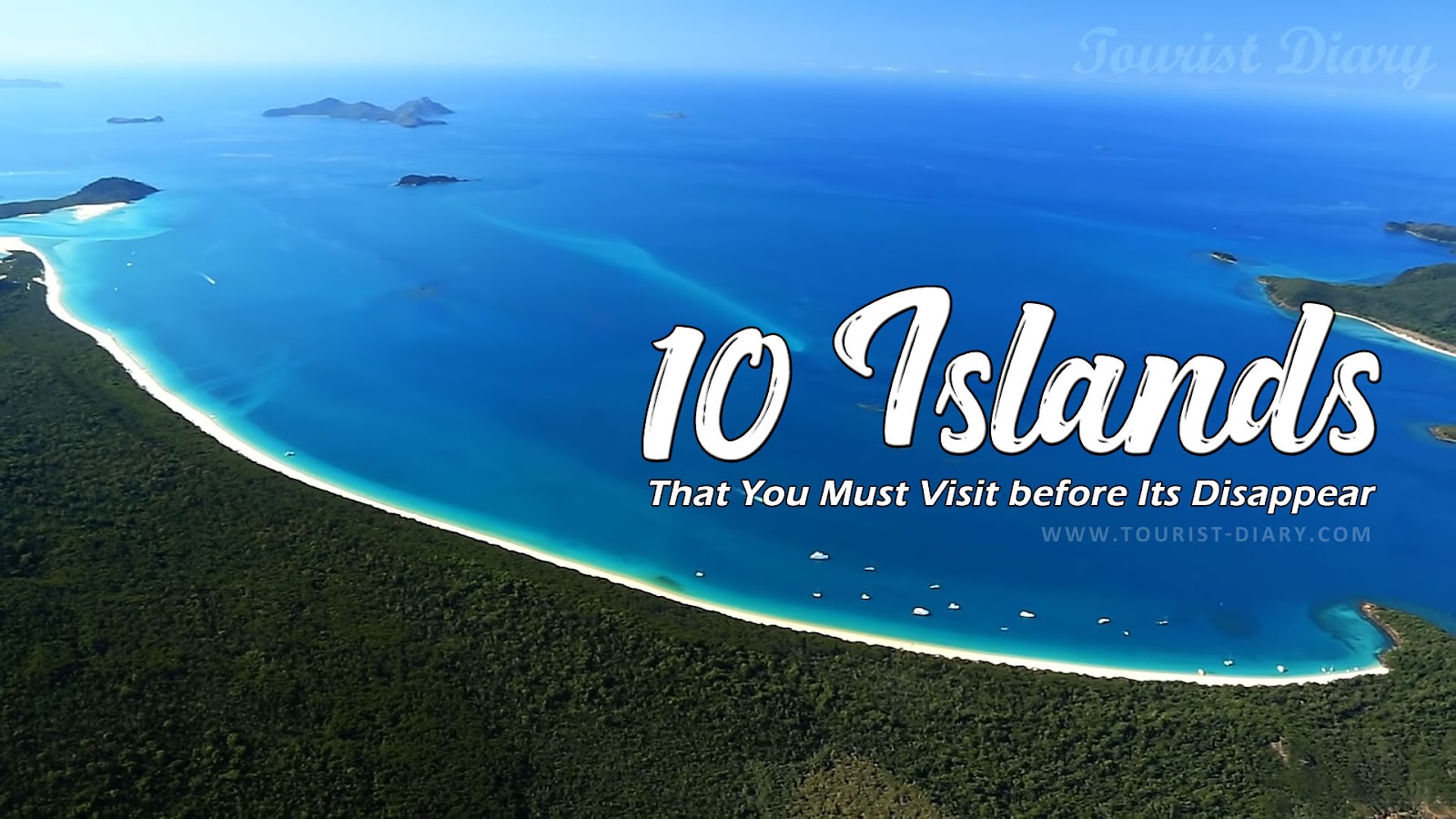Great Barrier Reef: The Divers Paradise
The Great Barrier Reef is unique as it extends over 14 degrees of latitude, from shallow estuarine areas to deep oceanic waters. Within this vast expanse is a unique range of ecological communities, habitats, and species – all of which make the Reef one of the most complex natural ecosystems in the world.
Because of its natural beauty, the Great Barrier Reef attracts tourists from far and wide who want to experience this incredible destination firsthand. The reef is made up of over 3000 individual reef systems, coral cays, gorgeous tropical islands, and picturesque golden beaches.
Why Should Visit the Great Barrier Reef
As one of the original Seven Natural Wonders of the World, the Great Barrier Reef holds a spot on every traveler's bucket list. Hugging the east coast of Queensland, Australia, the Great Barrier Reef extends from Cape York in the north all the way to Bundaberg in the south – more than 1,800 miles. With roughly 2,900 coral reefs, 600 islands, and 1,500-plus species of fish, the reef leaves its 2 million annual visitors enchanted.
But before diving in, it's important to get your bearings. The northern part of the reef runs from the Cape York Peninsula to Cairns, a popular home base for many reef visitors. Not only does Cairns provide the closest reef access from the mainland, but it also boasts a few attractions of its own, such as the Kuranda Scenic Railway and the Cairns Botanic Gardens.
Other sights like Hartley's Crocodile Adventures and the Wildlife Habitat Port Douglas are also situated by the reef's northernmost section. Travel farther down the coast and you'll run into the central part of the reef, which includes Townsville and the Whitsunday Islands, where Hamilton Island and Whitehaven Beach reside. And between the Capricorn Coast (along the Tropic of Capricorn) and Fraser Island, you'll find Airlie Beach and the only section of reef that has not been impacted by severe coral bleaching events.
Wherever you decide to hang your hat, the Great Barrier Reef is a treasure trove of once-in-a-lifetime experiences. Whether you're gazing at marine life through a scuba mask, letting the tropical breeze unfurl your sail or taking in the reef from a plane, the possibilities for exploration are nearly limitless.
The Great Barrier Reef is undoubtedly one of the most unique and unbelievably beautiful destinations in the whole world! A visit to the reef is absolutely worth it and somewhere you cannot miss out on when traveling to Australia.
Facts about the Great Barrier Reef
Below are some interesting facts and statistics about the magical Great Barrier Reef.
- The Great Barrier Reef is the largest living thing on Earth and is visible from outer space!
- This incredible ecosystem is 2,300km long.
- There are thousands of reefs and hundreds of islands.
- There are 600 types of hard and soft coral.
- This impressive reef is home to countless species including 6 species of turtles, 215 species of birds, 17 species of sea snakes and more than 1,500 species of fish!
- 10% of the world's total fish species can be found just within the Great Barrier Reef.
- The Great Barrier Reef attracts over 2,000,000 visitors each year!
- How old is the Great Barrier Reef? It is thought to be as much as 20,000,000 years old!
- The Great Barrier Reef is greater in size than Tasmania and Victoria combined!
- The Great Barrier Reef is the size of 70 million football fields.
While coral reefs initially made the Great Barrier Reef famous, they only comprise about seven percent of the Marine Park and the World Heritage Area.
The rest of the Marine Park is an extraordinary variety of marine habitats, ranging from shallow inshore areas – such as seagrass, mangroves, sand, algal and sponge gardens, and inter-reefal communities – to deep oceanic areas more than 250km offshore.
The Best Times to Visit The Great Barrier Reef
Like most natural wonders, timing is everything. Although the reef never sleeps – you’ll be best placed to visit the Great Barrier Reef between May and October when temperatures are still warm enough for swimming, underwater visibility is high and rainfall is minimal.
Seasonal milestones don’t just happen below the surface, either. If you’re the kind of traveler who prefers to show up where the party is at, synchronize your diary with one of these Great Barrier Reef events.
June-October
Balmy, 70- to 80-degree days, clear waters, and refreshingly cool evenings are characteristic of the region's dry season. Temperatures are a little cooler during this period (after all, it is winter and spring in the Southern Hemisphere), but they rarely dip below the 60s. To be comfortable, plan on packing some warmer layers. Since this is a prime diving season, expect to encounter crowds, especially in Cairns. You may also find higher room rates at hotels in Cairns, so book in advance. If you're looking for more elbow room and cheaper accommodation prices, head south to Rockhampton or Bundaberg.
November-May
This is the Great Barrier Reef's wet season, with average daytime temperatures in the north hovering in the high 80s. Intermittent tropical downpours are common, meaning water visibility is blurred and conditions are muggy. The cloudy water not only poses a problem to divers, but it can also put swimmers in danger: Deadly box jellyfish roam the waters off of mainland beaches. To avoid any life-threatening stings, head to the southern part of the region (between the Capricorn Coast and Fraser Island), where temperatures are cooler and the water is safer. You can also rent stinger or Lycra suits to keep yourself protected while swimming. Hotel prices in Cairns are generally lower at this time, but vacationing Aussies flock to Queensland in summer and fall, so plan accordingly.
You can check out the list of Top Websites for Booking Flights at Cheapest Prices in 2022, which will help you in comparing the prices and finding the best deals for flight tickets in 2022.
What you can do in the Great Barrier Reef?
Whether you’re a snorkeler, an avid diver, or have never swum without a personal floatation device before, the Great Barrier Reef is yours to explore.
It’s a destination where no two days ever look the same and can be explored more than once whether you’re traveling as a couple, with little ones or big kids in tow.
The best snorkeling can be done between June and October, with crystal clear waters that let you enjoy the reef at its fullest. Beware that is the peak season though, so if you want to snorkel the reef with less crowds then shoot for April or May.
And if you’re not a natural water baby, don’t worry, there are plenty of ways to experience the Great Barrier Reef without even getting wet.
If you’re here to make a splash, there’s no better place to try underwater sports for the first time than on your Great Barrier Reef holiday. If you’re new to wearing a mask and fins, check out this first-timers’ guide to snorkeling. To dive a little deeper, earn your dive certificate on the Great Barrier Reef and access all the world-class diving on offer.
References:
https://travel.usnews.com/Great_Barrier_Reef_Australia
https://www.queensland.com/us/en/places-to-see/experiences/great-barrier-reef/how-to-plan-a-great-barrier-reef-holiday
https://www.gbrmpa.gov.au/the-reef/reef-facts





